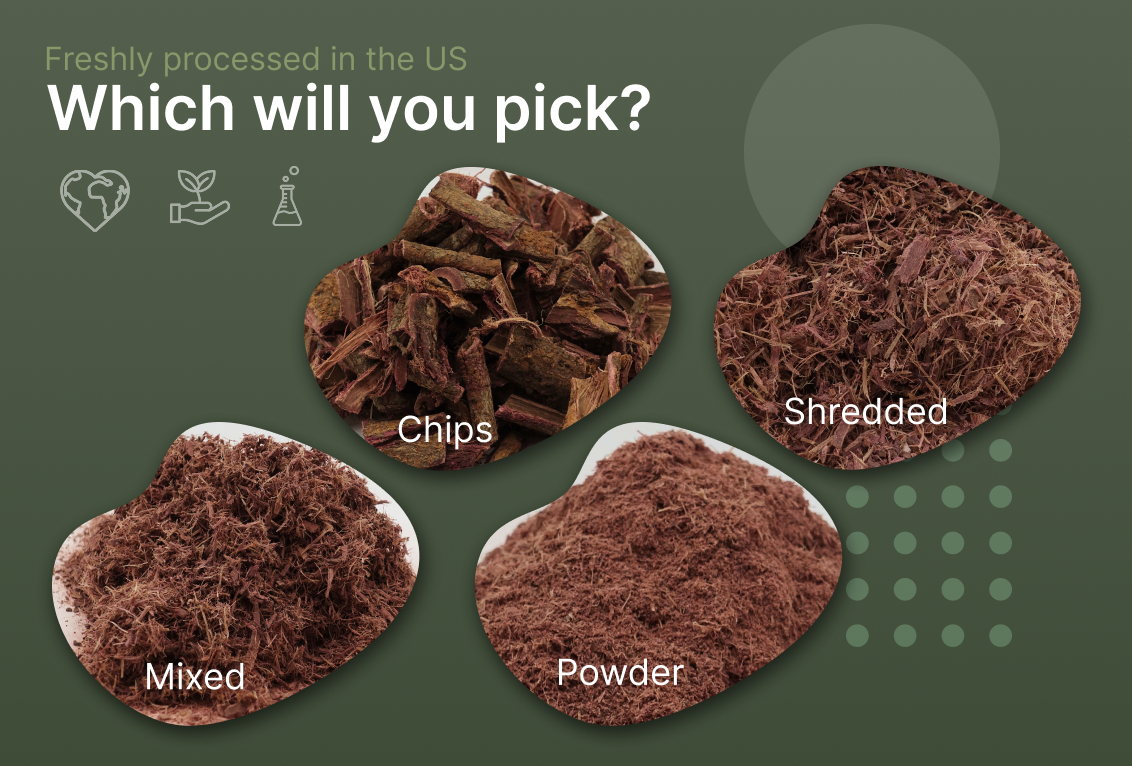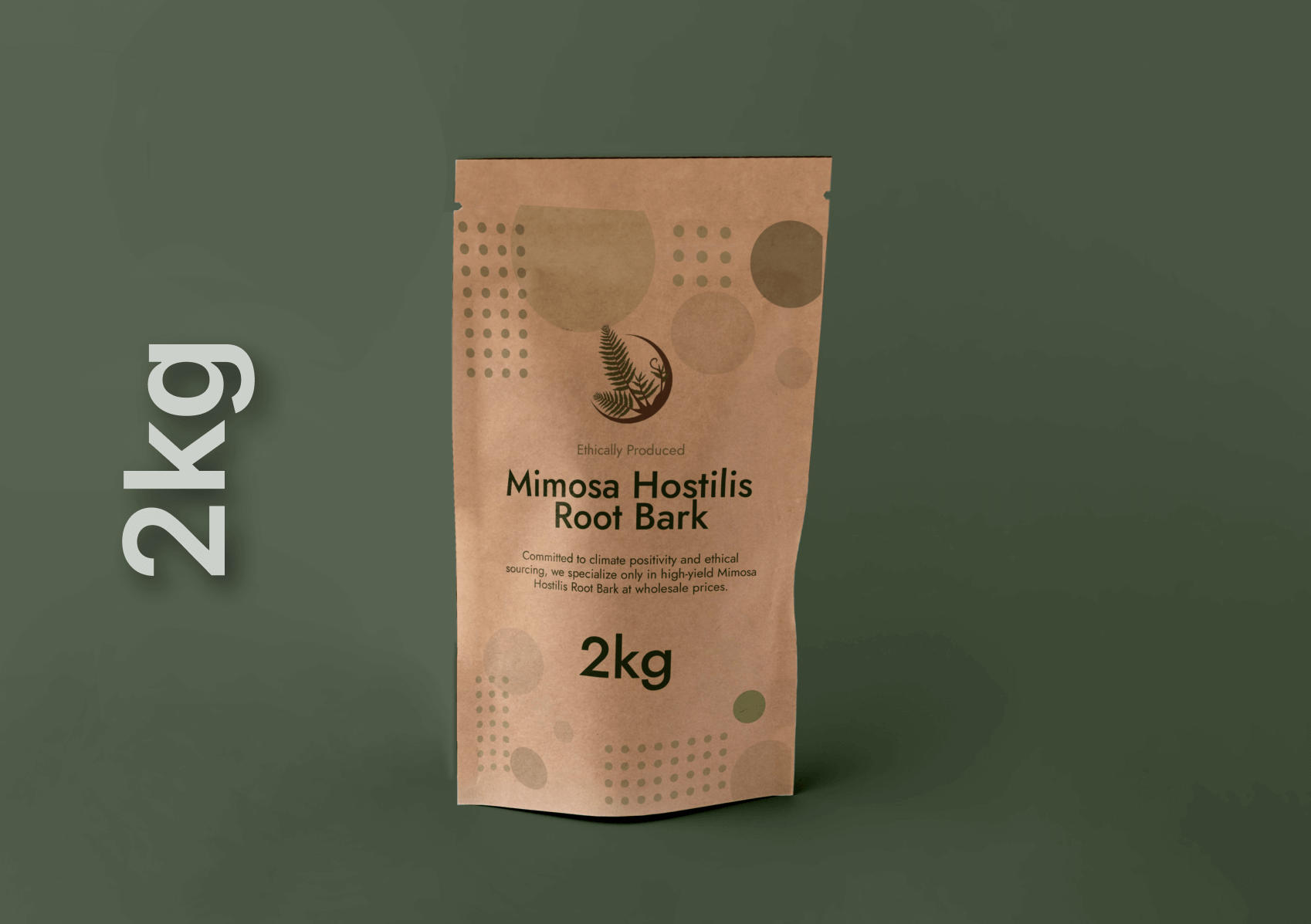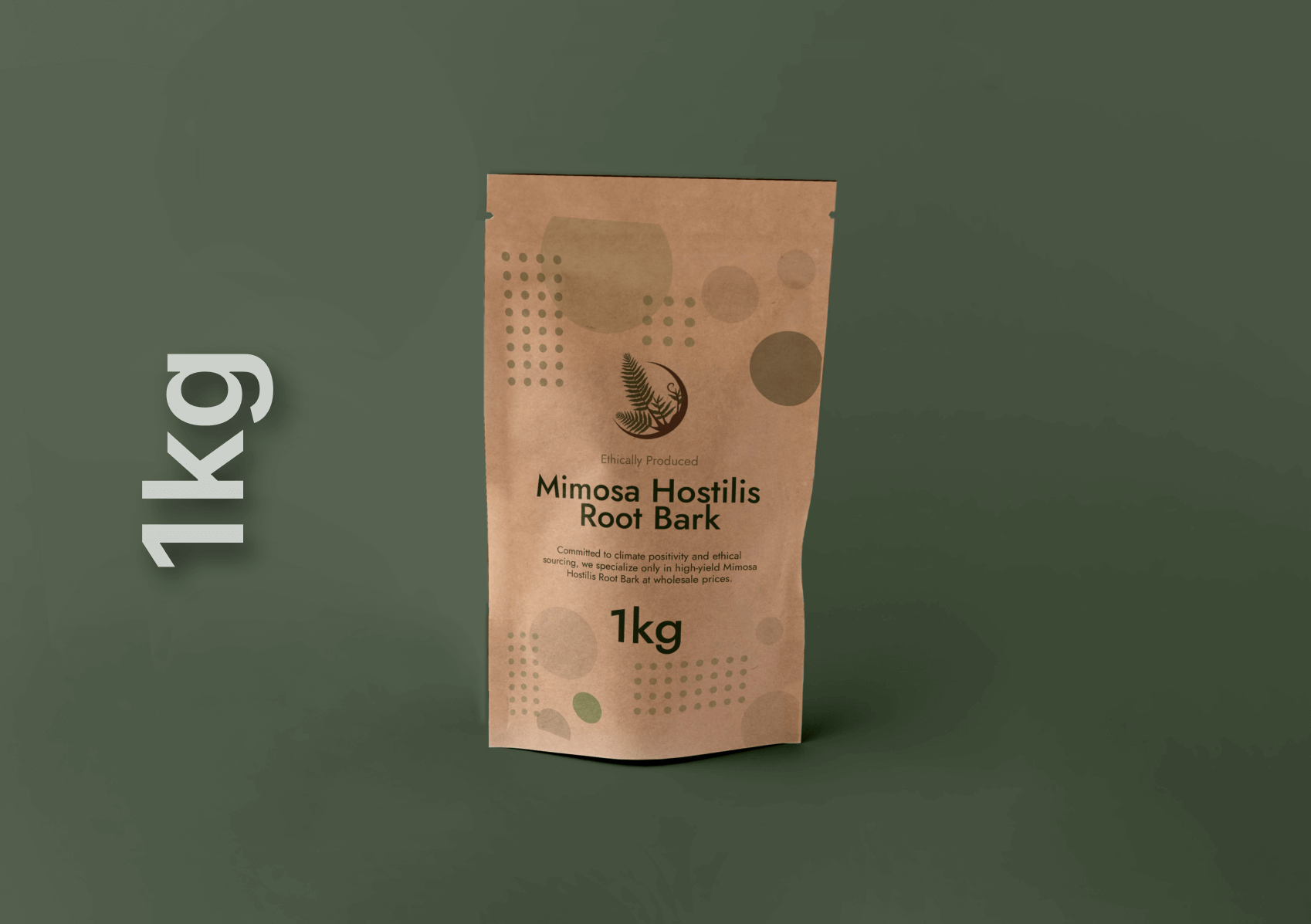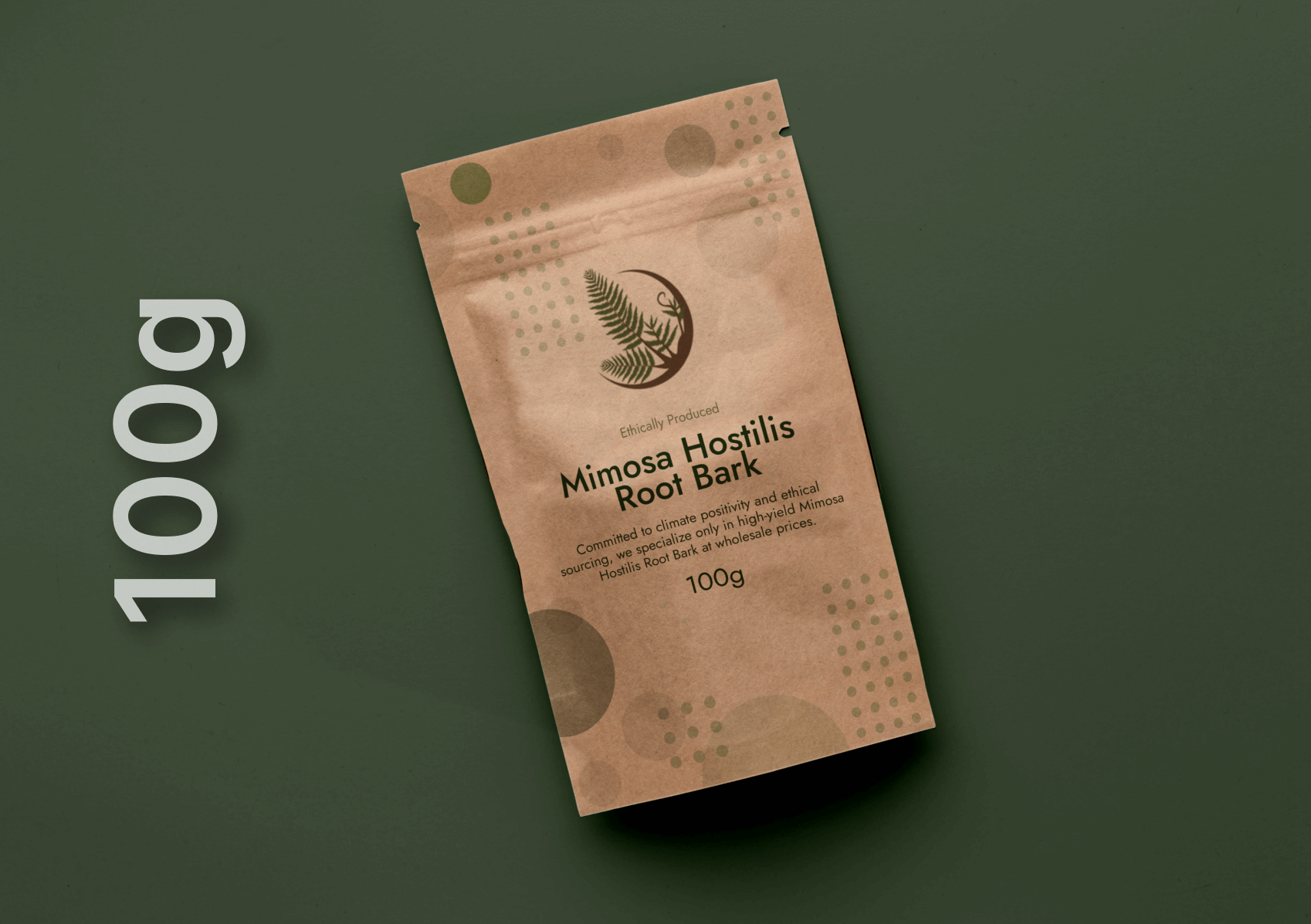Understanding Mimosa Hostilis Root Bark for Advanced Dyeing
What Makes Mimosa Hostilis Exceptional for Pattern Work?
Mimosa Hostilis Root Bark (MHRB) stands out as one of the most versatile natural dyes for creating complex patterns on textiles. The bark from Mimosa tenuiflora contains exceptionally high levels of tannins, which create strong bonds with natural fibers. This chemical composition allows for precise pattern work that maintains its vibrancy through multiple washes.
The dye molecules in MHRB are small enough to penetrate deeply into fiber structures while being large enough to create lasting color bonds. This unique characteristic makes it perfect for advanced techniques like shibori, batik, and resist dyeing where pattern definition is crucial.
Chemical Composition for Pattern Precision
MHRB contains approximately 15-25% tannins, significantly higher than most other natural dye materials. These tannins include condensed tannins that create the characteristic reddish-purple hues and gallic acid derivatives that contribute to color fastness. The bark also contains flavonoids and phenolic compounds that interact with mordants to produce different color variations within a single dyebath.
Scientific analysis shows that the inner root bark contains higher concentrations of dye compounds compared to the outer bark. For advanced pattern work, using properly processed inner bark powder ensures consistent color uptake and reduces the risk of uneven dyeing that can ruin intricate patterns.
Origins and Quality for Advanced Applications
The finest MHRB for advanced dyeing comes from mature Mimosa tenuiflora trees found in the semi-arid regions of Brazil and Mexico. Trees harvested during the dry season typically contain higher concentrations of active compounds. The root bark must be properly dried and ground to a fine powder to ensure even color distribution in pattern work.
Premium quality MHRB for advanced dyeing should have a deep reddish-brown color and a slightly sweet, woody aroma. The powder should be fine enough to pass through a 100-mesh screen to prevent particles from creating unwanted texture variations in delicate pattern work.
Color Range and Pattern Potential
MHRB produces an impressive range of colors depending on pH levels, mordants, and modifiers used. Base colors range from soft pinks and corals in alkaline conditions to deep purples and burgundies in neutral to slightly acidic baths. With iron modifiers, colors shift to deep grays and near-blacks, while copper produces olive greens.
This color versatility makes MHRB perfect for creating multi-toned patterns within a single piece. Advanced dyers can manipulate pH in different sections of fabric to achieve gradient effects or use selective mordanting to create patterns with multiple colors from one dyebath.
Market Growth in Natural Pattern Dyeing
The global natural dye market has grown by 12% annually over the past five years, with pattern dyeing representing one of the fastest-growing segments. Consumer demand for unique, hand-crafted textiles has increased interest in advanced natural dyeing techniques. MHRB has captured approximately 8% of the natural dye market, with particular strength in the artisan and luxury textile sectors.
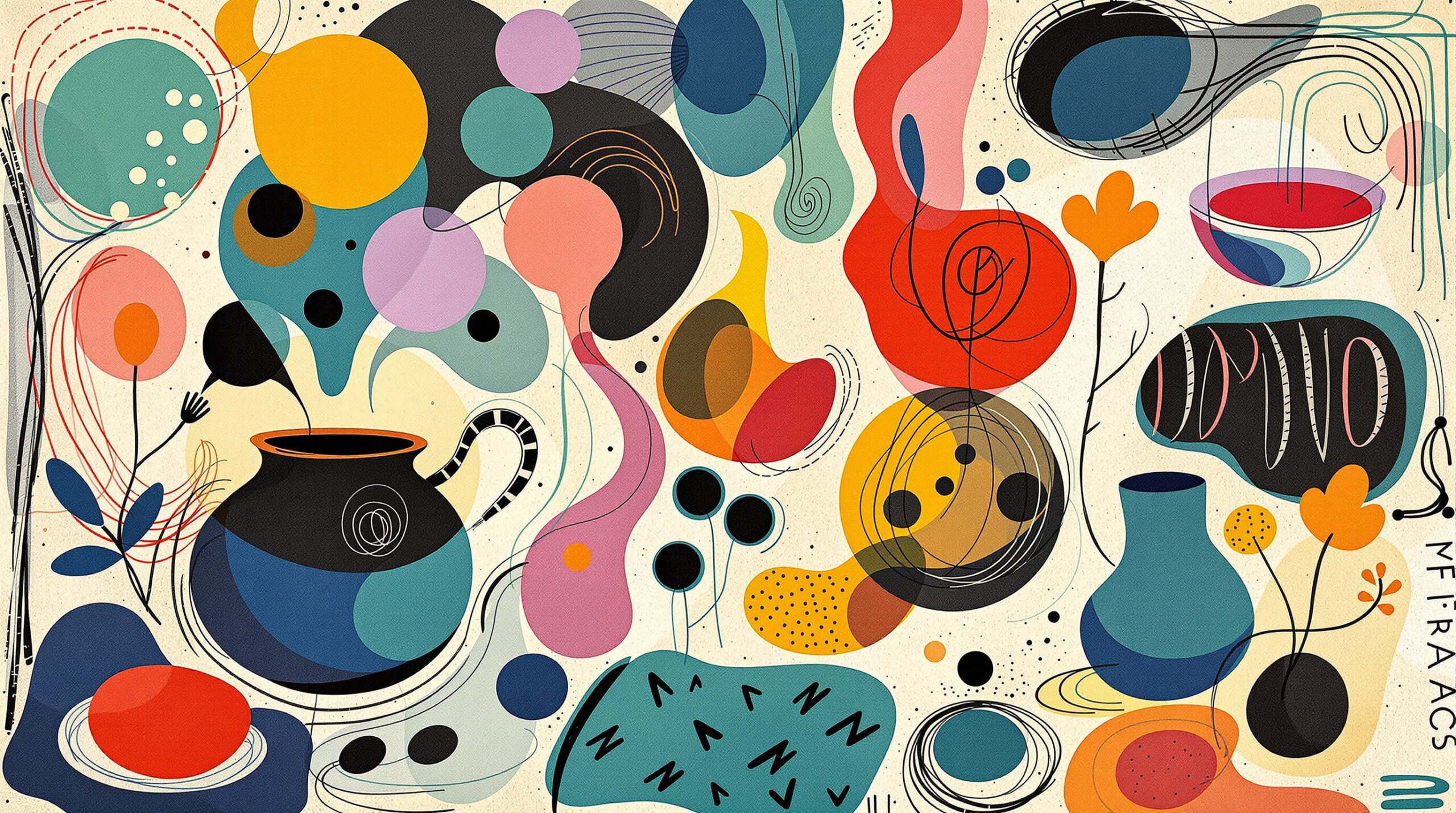
The Current Landscape of Advanced Natural Dyeing with MHRB
Modern Applications in Pattern Work
Contemporary textile artists and commercial dyers are increasingly turning to MHRB for sophisticated pattern applications. Fashion designers use MHRB for creating unique resist-dyed fabrics, while interior designers specify MHRB-dyed textiles for high-end residential and commercial projects. The bark’s ability to create sharp pattern edges makes it suitable for both traditional and contemporary aesthetic applications.
Artisan cooperatives in regions where Mimosa tenuiflora grows naturally have developed specialized techniques for pattern dyeing that combine traditional knowledge with modern color theory. These techniques are being adopted by textile studios worldwide, creating new opportunities for cultural exchange and sustainable craft development.
Equipment and Setup Requirements
Advanced pattern dyeing with MHRB requires specific equipment for optimal results. Stainless steel or enamel vessels are essential, as iron contamination can alter colors unpredictably. Digital pH meters ensure precise pH control for consistent results. Temperature controllers help maintain the steady heat required for even dye penetration in pattern work.
Professional-grade MHRB pattern dyeing setups include multiple dyebaths at different temperatures, allowing for complex multi-stage processes. Proper ventilation systems are important when working with large quantities of dyebath, and adequate drying space prevents pattern distortion during the curing process.
Advanced MHRB Dyeing Techniques and Applications
Mastering Shibori Patterns with MHRB
Shibori, the Japanese art of resist dyeing, achieves exceptional results with MHRB. The bark’s high tannin content creates sharp contrast between bound and unbound areas of fabric. Traditional shibori techniques like itajime (fold and clamp), kumo (spider web), and nui (stitch resist) all work beautifully with MHRB dyes.
For itajime shibori, MHRB creates precise geometric patterns when fabric is folded and clamped between wooden blocks. The dye penetrates unprotected areas completely while leaving crisp white or light-colored shapes where the fabric was compressed. Using different folding patterns creates endless design possibilities.
Kumo shibori with MHRB produces stunning radial patterns. Fabric is gathered and bound tightly at specific points, creating circular resist areas surrounded by graduated color. The natural pH variations in MHRB dyebaths often create subtle color variations within each circle, adding depth and visual interest to the pattern.
Advanced practitioners combine multiple shibori techniques in single pieces. Initial binding creates large-scale patterns, followed by additional binding and dyeing steps to add smaller details. MHRB’s excellent color-building properties allow for complex layered patterns without muddying the colors.
Batik Applications and Wax Resist Techniques
MHRB excels in batik applications where hot wax creates resist patterns. The dye’s ability to penetrate fabric fibers deeply ensures solid color saturation in unprotected areas while maintaining clean edges where wax has been applied. Traditional Indonesian batik techniques work particularly well with MHRB’s natural color palette.
For fine-line batik work, MHRB’s small molecular size allows for detailed pattern work without bleeding under wax resist lines. The dye maintains its intensity even in thin applications, making it suitable for delicate traditional patterns and contemporary fine-art applications.
Multi-stage batik processes benefit from MHRB’s color-building properties. Initial light applications create base colors, while subsequent dyeing after selective wax removal builds deeper tones in specific pattern areas. This technique creates complex patterns with multiple color values from a single dye source.
Crackle effects in batik are enhanced by MHRB’s natural variations in dye uptake. When wax cracks during the dyeing process, MHRB creates fine lines of color that add texture and visual interest to pattern backgrounds. These effects are particularly striking in large-format textile art pieces.
Advanced Mordanting for Pattern Definition
Selective mordanting creates opportunities for complex pattern development with MHRB. Different mordants produce distinct colors from the same dyebath, allowing for multi-colored patterns without multiple dye applications. Aluminum mordant produces clear, bright colors, while iron creates deeper, more muted tones.
Pre-mordanting specific pattern areas allows for controlled color placement. Aluminum acetate applied through stencils creates bright pattern elements, while leaving unmordanted areas to receive lighter colors. Iron mordant can be painted onto specific design elements to create dark accents within lighter colored backgrounds.
Sequential mordanting techniques build complex color relationships within single pieces. Initial aluminum mordanting followed by partial iron treatment creates three distinct color zones: bright areas, medium-toned areas, and dark accents. This technique is particularly effective for creating depth and dimension in pattern work.
Post-mordanting techniques allow for pattern modification after initial dyeing. Iron solutions applied to specific areas of already-dyed fabric create dark pattern elements that integrate seamlessly with existing color schemes. Copper solutions create green tones that complement MHRB’s natural red-purple palette.
Contemporary Pattern Innovation Techniques
Modern dyers are developing innovative pattern techniques that capitalize on MHRB’s unique properties. Screen-printing with resist paste allows for precise pattern placement while maintaining the organic quality of natural dyes. Photo-emulsion stencils enable reproduction of complex photographic images using traditional dyeing methods.
Digital design tools help plan complex multi-stage dyeing processes. Color prediction software accounts for MHRB’s behavior with different mordants and pH levels, allowing designers to visualize final results before beginning the physical dyeing process. This planning reduces waste and improves consistency in production work.
Gradient dyeing techniques create smooth color transitions within pattern elements. Controlled pH changes during the dyeing process create color shifts from pink through purple to deep burgundy within single pattern areas. These gradients add sophistication to both traditional and contemporary pattern styles.
Combination techniques merge multiple resist methods within single pieces. Bound resist areas receive different mordant treatments, creating color variations when dyed. Subsequent wax application and additional dyeing steps add further pattern complexity. These multi-stage processes can create textile artworks with museum-quality visual impact.
Quality Control in Pattern Dyeing
Consistent results in MHRB pattern dyeing require careful attention to process variables. Water quality affects dye uptake and color development. Hard water can cause uneven dyeing, while excessively soft water may prevent proper mordant bonding. Testing water pH and mineral content ensures reproducible results.
Temperature control throughout the dyeing process maintains pattern integrity. Rapid temperature changes can cause fabric movement that disturbs resist materials or creates uneven dye penetration. Gradual heating and cooling preserves pattern definition while ensuring complete dye exhaustion.
Dyebath preparation affects pattern quality significantly. Proper extraction of dye compounds from MHRB requires specific time and temperature parameters. Under-extraction results in weak colors, while over-extraction can create harsh tones that lack the subtlety desired in fine pattern work.
Documentation of successful processes enables reproduction of desired effects. Recording water quality, mordant concentrations, pH levels, temperatures, and timing allows dyers to replicate successful patterns and troubleshoot problems when results vary from expectations.
Fiber Selection for Optimal Pattern Results
Different fiber types respond differently to MHRB dyeing, affecting pattern quality and color intensity. Protein fibers like wool and silk readily accept MHRB dyes without mordants, creating intense colors with excellent pattern definition. The natural affinity between tannins and protein fibers ensures strong color bonds that resist fading.
Cellulose fibers require proper mordanting for optimal results. Cotton and linen treated with aluminum acetate and tannin create excellent pattern definition with MHRB dyes. Hemp and bamboo fibers also respond well to MHRB when properly prepared, offering sustainable fiber options for pattern work.
Fabric weight affects dye penetration and pattern quality. Lightweight fabrics allow complete dye penetration but may lack the structural integrity needed for tight binding in resist techniques. Medium-weight fabrics offer the best balance of dye uptake and pattern definition for most applications.
Fabric preparation significantly impacts final pattern quality. Proper scouring removes manufacturing residues that can cause uneven dyeing. Pre-wetting ensures even moisture distribution that promotes uniform dye uptake in unprotected pattern areas while maintaining sharp edges at resist boundaries.
Troubleshooting Common Pattern Issues
Bleeding patterns often result from inadequate resist application or inappropriate dye concentration. Ensuring complete wax penetration in batik or tight binding in shibori prevents dye migration. Reducing dye concentration can minimize bleeding while maintaining adequate color intensity.
Uneven color distribution within pattern areas typically stems from inadequate mordanting or uneven fabric preparation. Ensuring complete mordant penetration and uniform fabric preparation eliminates these issues. Testing mordant penetration on sample pieces helps identify problems before processing final pieces.
Color variations between batches often result from inconsistent MHRB preparation or varying dyebath conditions. Standardizing extraction procedures and maintaining consistent pH and temperature parameters ensures batch-to-batch color matching. Using the same MHRB source helps minimize natural variations in dye content.
Pattern distortion during processing can result from excessive fabric movement or inadequate support during dyeing. Using appropriate rack systems and minimizing fabric handling prevents pattern displacement. Proper curing procedures maintain pattern integrity through the finishing process.
Environmental Considerations and Sustainability
MHRB pattern dyeing offers significant environmental advantages over synthetic alternatives. The natural biodegradability of MHRB means dyebath waste can be composted or safely disposed of without environmental harm. Many commercial synthetic dyes require expensive waste treatment processes to prevent environmental damage.
Water usage in MHRB dyeing can be minimized through careful process planning. Sequential use of dyebaths for multiple pieces reduces water consumption while maintaining pattern quality. Proper mordanting reduces the water required for color development, further improving environmental performance.
Sustainable sourcing of MHRB supports forest conservation and provides income for rural communities. Responsible harvesting practices ensure continued availability of high-quality bark while maintaining forest ecosystem health. Supporting suppliers who practice sustainable harvesting contributes to long-term environmental stewardship.
Energy requirements for MHRB dyeing are typically lower than synthetic alternatives. The moderate temperatures required for natural dyeing reduce energy consumption compared to high-temperature synthetic processes. Solar heating can supplement traditional energy sources in appropriate climates, further reducing environmental impact.
Future Directions in MHRB Pattern Dyeing
Research into MHRB chemistry continues to reveal new possibilities for pattern applications. Scientists are investigating how different extraction methods affect dye compound ratios, potentially leading to new color possibilities. Understanding these relationships may enable more precise color control in complex pattern work.
Technology integration offers exciting possibilities for pattern dyeing innovation. Computer-controlled resist application systems could enable mass production of complex patterns while maintaining handcraft quality. Digital color matching systems may allow for precise color prediction and quality control in production environments.
Educational programs are expanding access to advanced MHRB dyeing techniques. Online courses and workshops make traditional knowledge available to global audiences while preserving cultural techniques. These educational initiatives ensure continued development and refinement of pattern dyeing skills.
Market demand for naturally dyed patterned textiles continues to grow across multiple sectors. Fashion brands are incorporating MHRB-dyed fabrics into high-end collections, while interior designers specify naturally patterned textiles for luxury projects. This growing market supports continued innovation and refinement of pattern dyeing techniques.
Conclusion
Advanced natural dyeing with Mimosa Hostilis Root Bark offers exceptional opportunities for creating sophisticated patterns on natural textiles. The bark’s high tannin content, versatile color range, and excellent fiber affinity make it ideal for complex resist techniques including shibori, batik, and contemporary innovations. Success in MHRB pattern dyeing requires understanding the material’s chemical properties, proper equipment setup, and careful attention to process variables.
The techniques covered in this guide provide a foundation for developing advanced pattern dyeing skills. From traditional shibori and batik applications to contemporary digital design integration, MHRB offers possibilities limited only by the dyer’s imagination and technical skill. Proper mordanting, fiber selection, and process control ensure consistent, high-quality results in both artistic and commercial applications.
Environmental sustainability and cultural preservation make MHRB pattern dyeing particularly relevant for contemporary textile production. Supporting sustainable harvesting practices and learning from traditional knowledge holders ensures this valuable skill set continues to develop while respecting its cultural origins. As market demand for naturally dyed textiles grows, mastering advanced MHRB pattern techniques positions artisans and manufacturers for success in an expanding market.
Frequently Asked Questions
What colors can I make with Mimosa Hostilis root bark?
How do I create patterns when dyeing with Mimosa Hostilis?
Do I need to mordant fabric before using Mimosa Hostilis dye?
How much Mimosa Hostilis bark do I need for dyeing?
Can I reuse Mimosa Hostilis dye bath for creating gradient patterns?

